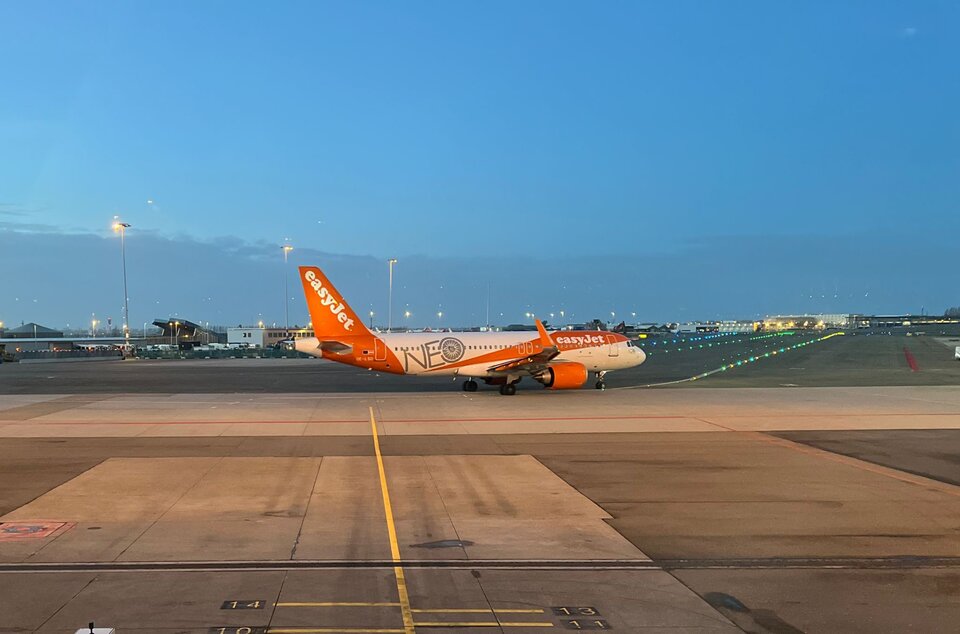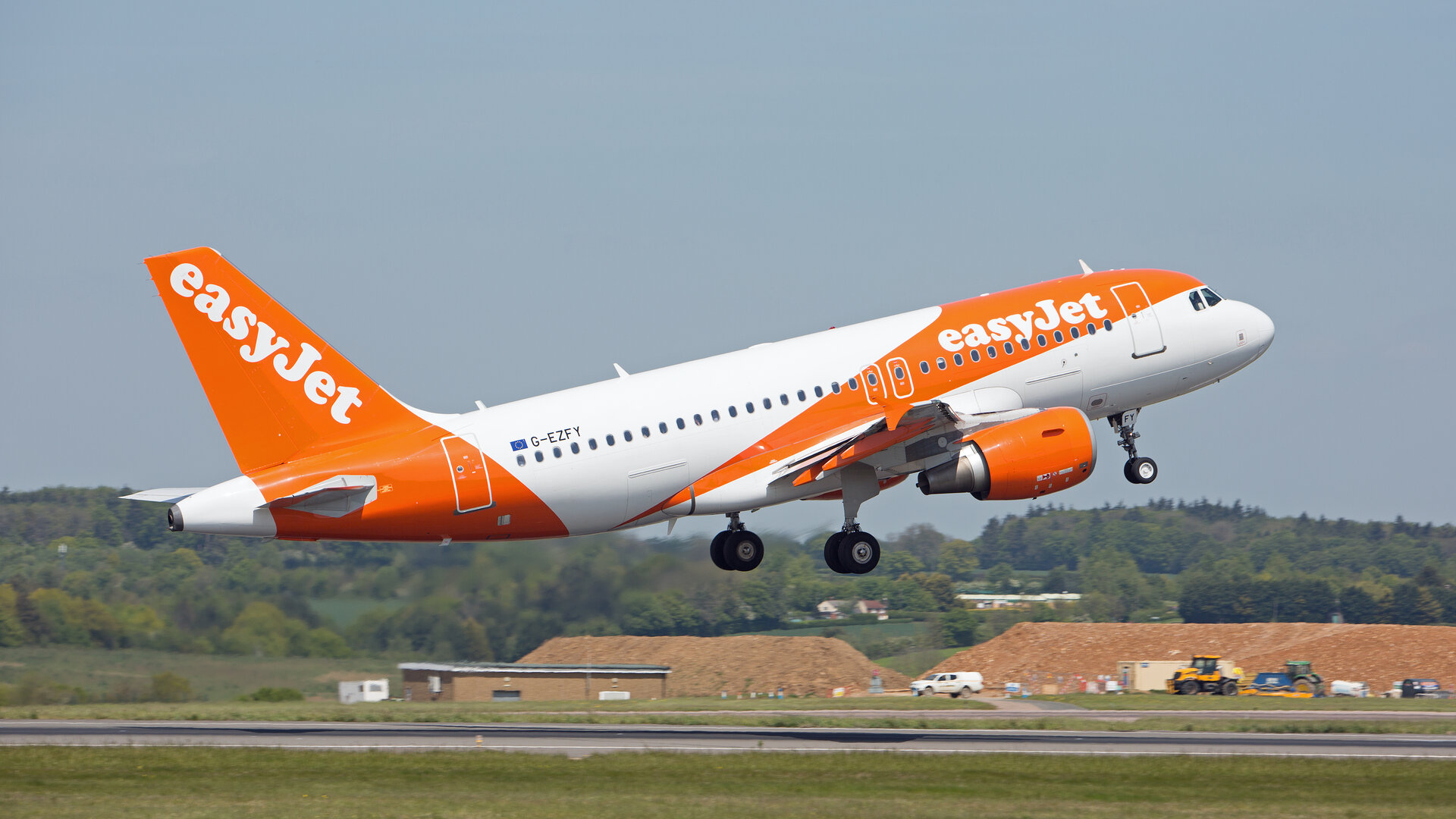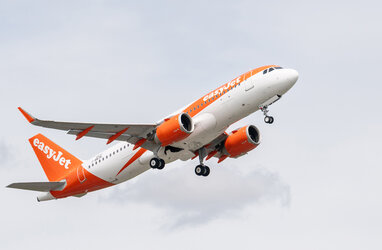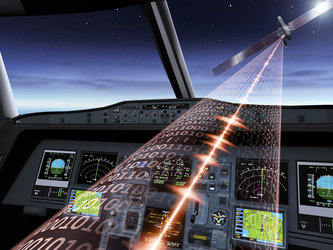Satellite communications for safer and greener aviation
The first commercial flights of a programme that uses Iris satellite technology to help modernise air traffic management and reduce carbon emissions have taken place.
The ground-breaking Iris programme, led by ESA and communications company Viasat, digitally connects pilots with air traffic controllers, via satellites, enabling the more efficient routing of flights. As well as saving time, it is predicted that, through reduced fuel burn, carbon dioxide emissions could be cut significantly. This will contribute to the aim of reaching net zero carbon emissions by 2050, which ESA aims to accelerate through working with partners to deliver tangible and measurable contributions.
Several airlines are in the pipeline to sign up to use Iris, and easyJet was the first airline to make an inaugural flight using the technology on its Amsterdam – Milan route. Iris will continue to be rolled out by easyJet, with more aircraft being equipped with the technology during 2024.

By using satellite communications, Iris provides secure, reliable and fast high-bandwidth links between pilots and air traffic controllers. This complements the current use of radio frequencies that are nearing full capacity in Europe’s congested airspace. The system supports more direct flight paths, leading to shorter flying times with less fuel burn and therefore generating lower emissions. Passengers will also benefit directly, with fewer delays.
Iris is also in the front line to put the Single European Skies initiative into action. Single European Skies aims to tackle the fragmentation of European airspace, with improvements in safety, capacity, cost-efficiency and environmental impact.
While easyJet is the first airline to use Iris for a commercial flight, other European airlines will also equip aircraft with Iris. For example, Italy’s national carrier ITA Airways has confirmed it would join the programme.
Iris is set for expansion beyond Europe. Called Iris Global, this next phase of the project will also see the system developed for potential use in remotely piloted aircraft systems. Operating beyond visual line of sight, such aircraft would gain a vital safety benefit from the extra layer of resilience that the Iris satellite communications provide.
Javier Benedicto, Acting Director of Connectivity and Secure Communications at ESA, said: “These first Iris commercial flights put Europe firmly at the forefront of the digitalisation and modernisation of Air Traffic Management. Iris enables tangible benefits to the commercial aviation community and society at large, including reduced emissions of carbon dioxide and fewer delays for passengers through more efficient flight paths.
“As a follow on of Iris, Iris global, which was launched in 2022, aims to extend the benefit of Iris beyond Europe. This will be achieved through geographical expansion, including Asia, the USA, the Middle East and Australia, and through service expansions by adding new ICAO aviation standards as well as new satellite-based communication solutions for supporting future air traffic management of Remotely Piloted Aircraft Systems. We are very proud to share this historic milestone for commercial aviation with the ESA Member States that have funded Iris activities and that will continue to support it in the future.”






